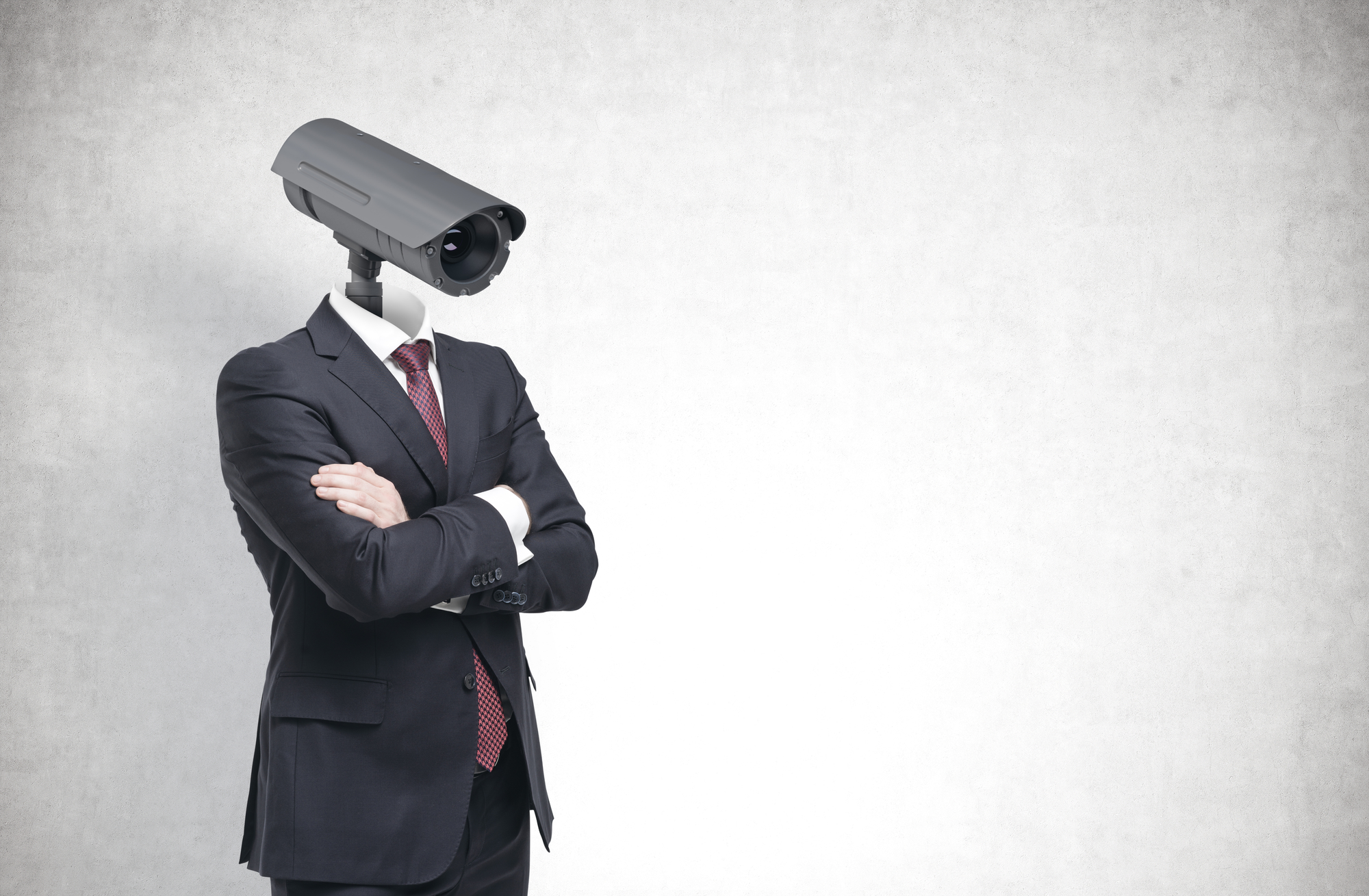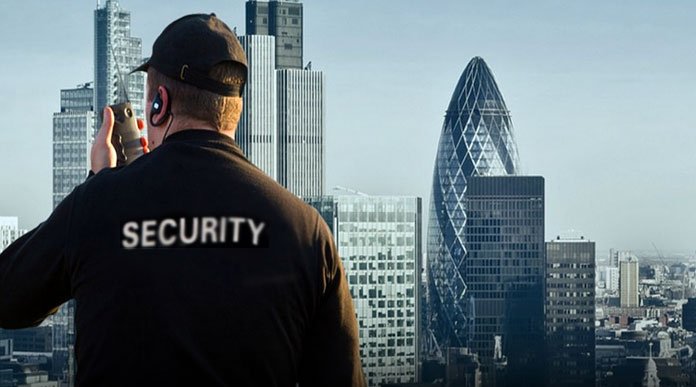Encouraging Your Organization with Ironclad Corporate Security Actions
Encouraging Your Organization with Ironclad Corporate Security Actions
Blog Article
From Cybersecurity to Physical Actions: Enhancing Business Safety in a Changing Globe
In today's quickly progressing digital landscape, the relevance of business protection can not be overemphasized. As cyber threats end up being prevalent and significantly sophisticated, companies must go past traditional cybersecurity procedures to protect their properties and operations - corporate security. This is where the combination of physical security steps comes to be critical. By incorporating the strengths of both cybersecurity and physical safety, companies can develop an extensive protection approach that attends to the diverse series of hazards they face. In this discussion, we will check out the transforming hazard landscape, the demand to incorporate cybersecurity and physical safety, the application of multi-factor verification measures, the value of employee recognition and training, and the adaptation of safety procedures for remote workforces. By examining these key areas, we will obtain beneficial understandings into exactly how companies can reinforce their company protection in an ever-changing world.
Understanding the Altering Danger Landscape
The developing nature of the modern-day globe necessitates an extensive understanding of the transforming threat landscape for effective company security. It is important for companies to stay educated and adjust their security measures to deal with these evolving threats.
One secret facet of understanding the altering danger landscape is identifying the various sorts of threats that companies deal with. Cybercriminals are regularly establishing brand-new methods to make use of susceptabilities in computer systems and networks. These hazards can range from malware and ransomware attacks to phishing frauds and social engineering techniques. Furthermore, physical risks such as burglary, criminal damage, and company reconnaissance stay prevalent worries for services.
Surveillance and evaluating the risk landscape is essential in order to recognize potential risks and vulnerabilities. This entails remaining upgraded on the newest cybersecurity trends, assessing danger intelligence records, and carrying out routine risk analyses. By comprehending the altering threat landscape, companies can proactively execute ideal protection procedures to reduce threats and safeguard their assets, online reputation, and stakeholders.
Integrating Cybersecurity and Physical Safety
Incorporating cybersecurity and physical security is vital for extensive corporate security in today's interconnected and electronic landscape. As companies progressively count on innovation and interconnected systems, the boundaries between physical and cyber dangers are coming to be obscured. To properly protect versus these risks, an all natural method that incorporates both cybersecurity and physical safety and security procedures is vital.
Cybersecurity concentrates on safeguarding electronic possessions, such as networks, information, and systems, from unauthorized accessibility, disruption, and theft. Physical security, on the other hand, incorporates measures to secure physical possessions, people, and facilities from vulnerabilities and threats. By integrating these two domains, companies can deal with susceptabilities and threats from both physical and electronic angles, thus boosting their total security posture.
The assimilation of these two disciplines enables an extra detailed understanding of protection threats and enables a unified response to cases. Physical accessibility controls can be enhanced by integrating them with cybersecurity protocols, such as two-factor verification or biometric identification. Likewise, cybersecurity procedures can be matched by physical protection procedures, such as security cameras, alarm systems, and safe and secure accessibility points.

Applying Multi-Factor Authentication Actions
As organizations significantly prioritize detailed protection actions, one efficient approach is the implementation of multi-factor verification measures. Multi-factor verification (MFA) is a safety and security approach that calls for users to offer numerous forms of identification to access a system or application. This technique adds an extra layer of protection by combining something the customer understands, such as a password, with something they have, like a safety or a finger print token.
By executing MFA, companies can significantly enhance their safety and security position - corporate security. Typical password-based verification has its limitations, as passwords can be easily compromised or neglected. MFA mitigates these threats by including an added authentication variable, making it harder for unapproved people to access to delicate info
There are a number of kinds of multi-factor verification methods offered, including biometric authentication, SMS-based confirmation codes, and hardware symbols. Organizations require to analyze their certain needs and select the most suitable MFA solution for their needs.
Nonetheless, the execution of MFA need to be very carefully intended and carried out. It is vital to strike a balance between protection and use to stop individual disappointment and resistance. Organizations ought to additionally think about possible compatibility issues and offer sufficient training and support to make certain a smooth shift.
Enhancing Employee Awareness and Training
To reinforce business safety and security, companies should prioritize boosting worker recognition and training. In today's quickly advancing danger landscape, employees play a critical function in guarding an organization's sensitive information and possessions. Regrettably, several safety breaches occur as a result of human mistake or absence of recognition. Organizations require to invest in comprehensive training programs to inform their workers concerning possible threats and the best methods for alleviating them.
Effective worker awareness and training programs should great site cover a wide variety of subjects, consisting of data protection, phishing attacks, social design, password hygiene, and physical security actions. These programs should be tailored to the specific needs and duties of different staff member roles within the company. Normal training workshops, simulations, and sessions can assist workers develop the needed skills and knowledge to recognize and respond to protection dangers efficiently.
In addition, organizations need to urge a culture of safety and security recognition and provide continuous updates and reminders to maintain staff members educated concerning the most recent threats and reduction methods. This can be done with interior interaction channels, such as newsletters, intranet sites, and email projects. By fostering a security-conscious labor force, organizations can significantly reduce the possibility of protection events and secure their valuable assets from unapproved access or compromise.

Adapting Safety Actions for Remote Workforce
Adapting business protection measures to accommodate a remote workforce is crucial in making sure the defense of sensitive information and assets (corporate security). With the boosting fad of remote job, companies have to apply proper safety actions to minimize the threats connected with this new way of working
One essential facet of adapting security measures for remote job is developing protected interaction networks. Encrypted messaging platforms and virtual private networks (VPNs) can aid safeguard sensitive details and protect against unapproved access. Additionally, organizations need to apply using strong passwords and multi-factor authentication to enhance the protection of remote gain access to.
One more important consideration is the application of secure remote accessibility options. This includes offering staff members with safe access to company resources and information with digital desktop framework (VDI), remote desktop protocols (RDP), or cloud-based remedies. These innovations ensure that delicate information continues to be secured while enabling workers to perform their roles effectively.

Last but not least, comprehensive safety and security recognition training is important for remote workers. Educating sessions need to cover ideal methods for safely accessing and taking care of delicate details, recognizing and reporting phishing efforts, navigate to this site and preserving the general cybersecurity hygiene.
Verdict
In verdict, as the danger landscape continues to advance, it is vital for organizations to reinforce their protection determines both in the cyber and physical domains. Incorporating cybersecurity and physical security, applying multi-factor authentication measures, and boosting worker recognition and training are vital steps in the direction of accomplishing durable business security.
In this conversation, we will certainly check out the transforming hazard landscape, the requirement to integrate cybersecurity and physical protection, the application of multi-factor verification steps, the relevance of employee recognition and training, and the adaptation of safety actions for remote workforces. Cybersecurity procedures can be matched by physical safety and security actions, such as surveillance cams, alarm systems, and safe accessibility points.
As organizations significantly focus on extensive link security steps, one efficient strategy is the implementation of multi-factor verification steps.In final thought, as the hazard landscape continues to evolve, it is vital for organizations to enhance their protection gauges both in the cyber and physical domains. Integrating cybersecurity and physical protection, executing multi-factor verification actions, and boosting staff member awareness and training are important actions in the direction of accomplishing robust company safety.
Report this page